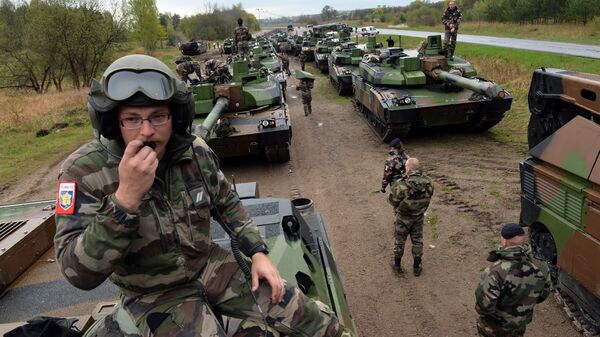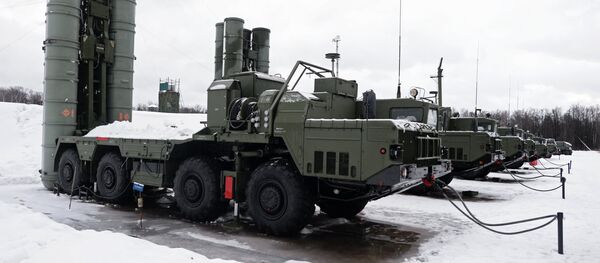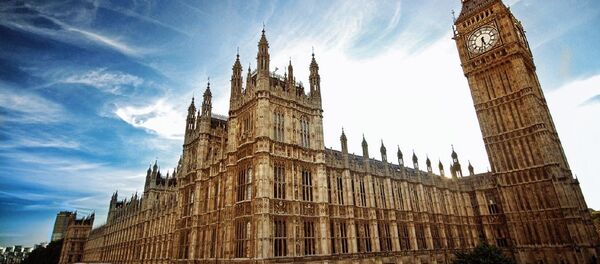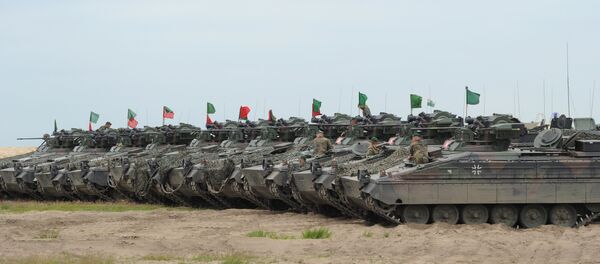The rise is most pronounced in central and Eastern Europe, an area covering the Czech Republic, Estonia, Hungary, Latvia, Lithuania, Poland and Slovakia, says the survey, entitled “Defence Budgets and Cooperation in Europe: Developments, Trends and Drivers.”
Those seven countries will hike spending by 19.9 percent this year, the report said, with Hungary pushing up spending by 22 percent to nearly €1 billion.
In southeastern Europe, an area covering Bulgaria, Croatia, Cyprus, Greece, Romania, Serbia and Slovenia, the rise will be 9.2 percent, while Western Europe will see a rise of 2.7 percent.
“Defense budgets are on the rise in real or nominal terms in all but four European countries: Italy, which is planning a stable budget in nominal terms; Greece, which currently faces strong European pressure regarding its debt and public finances; Luxemburg, whose defense budget in volume is small compared to other European partners; and Sweden, which is preparing to raise its defense budget between 2016 and 2019,” it says.
“There are also three countries in which trends still need to be confirmed, or where political trends have emerged but have yet to be translated into detailed budget structures, for different domestic reasons: Portugal, Serbia and Slovenia.”
Among the key reasons for the defense spending hike are: “Russia’s aggressive posture”, “non-conventional threats such as Islamic terrorism”, especially after the Paris attacks, and “NATO’s renewed focus on collective defense, and the institutional influence it exerts on Allies.”
“In 2015 only four from the 26 European members of NATO met the two percent spending objective agreed at the 2014 Wales Summit,” Dr John Chipman, Director-General and Chief Executive of the UK-based International Institute for Strategic Studies which examines global military capabilities and defense economics, stated upon presentation of another survey, the institute’s 2016 report on global military capabilities.
For the remaining 22, he said, the average percentage of GDP spent on defense was 1.1 percent.
These countries, he stressed, would need to raise their collective outlay by nearly 45 percent to meet the target, or by almost $100 billion.
The review also points to a growth in defense pacts among European countries, which are spurring spending, including the Swedish-Finnish Naval Task Group.
Bulgaria, Czech Republic, Poland and Slovakia have all started procurement programs designed to phase out old Soviet Russian equipment and thus reduce dependency on Russia, the report stated.
Slovakia, among others, is buying nine UH-60 Black Hawk multirole helicopters to replace Soviet-designed M-17 helicopters.






